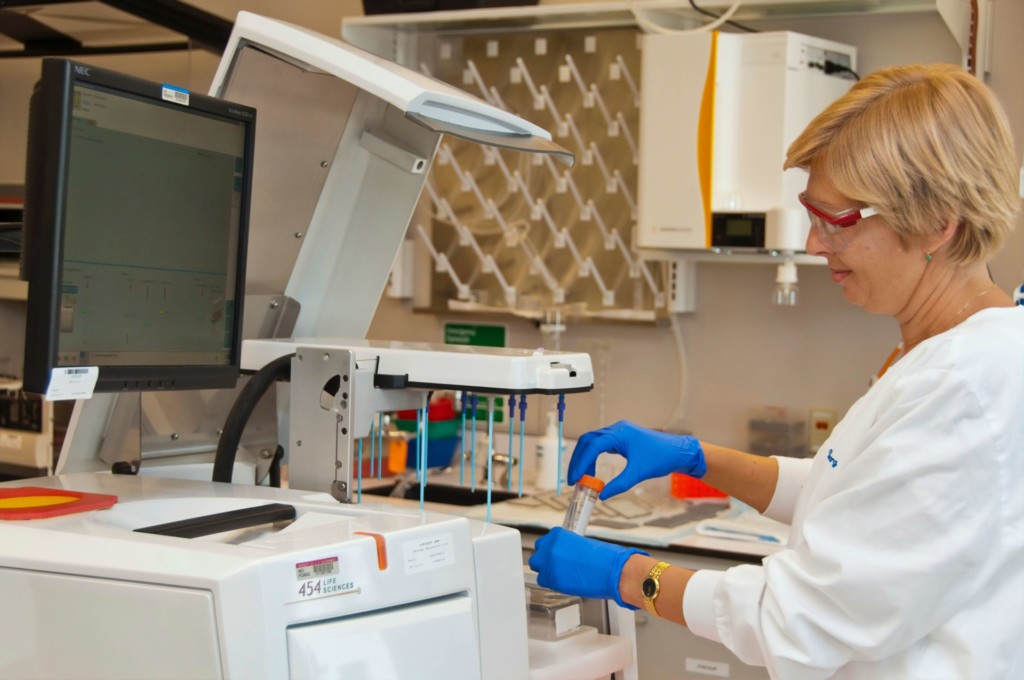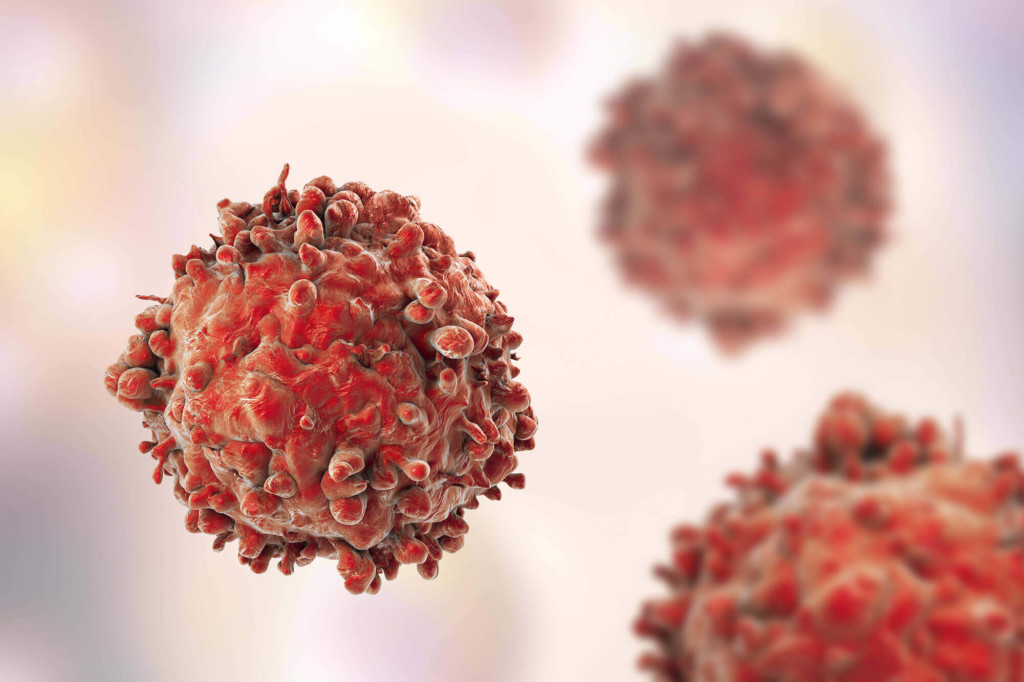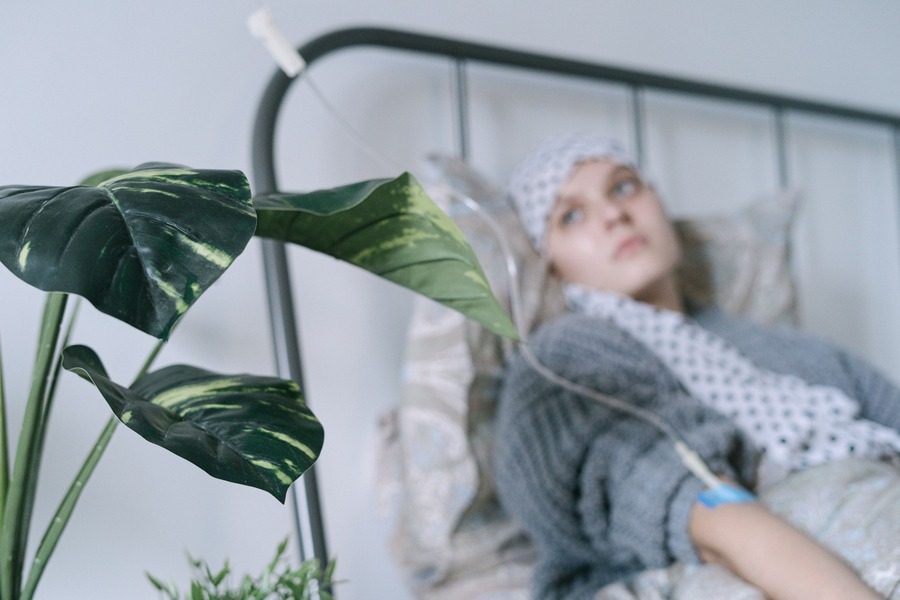Calls for Ukraine
Calls for Europe
Calls for USA

Leukemia is a cancer of the blood and bone marrow. In this disease, the bone marrow produces excess blood cells – leukocytes. They are necessary for the body to protect and fight against various infections (viruses, bacteria, fungi). In leukemia, white blood cells have an abnormal structure and do not fully function. Leukocytes gradually displace other blood cells, which leads to the development of severe bleeding, the spread of infection and death.
Leukemia (leucosis) develops against the background of changes in genes. DNA stores all information about a cell: its functioning, division and death. Dysfunction of DNA can lead to abnormal division of hematopoietic cells. Leukemia cells travel from the bone marrow to the bloodstream and then spread to other organs. One of the most severe manifestations of acute forms of leukemia is neuroleukemia. In this case, atypical blood cells affect the brain and some nerves.
Scientists have not yet identified the exact cause of the development of leukemia and damage to genetic information.
Risk factors that increase your chances of getting one of the types of leukemia:
The manifestations of the disease depend on the age of the patient and the type of leukemia. In the initial stages, the disease may be asymptomatic and not disturb the patient.
Common symptoms of leukemia:

Chronic forms of leukemia are detected by chance during regular examinations of the whole organism. Cancer cells are detected in laboratory blood tests, even if the patient is not worried about anything. In acute forms of leukemia, the doctor prescribes a more extensive diagnosis – specific tests.
Consultation and examination by a doctor
A hematologist is involved in the diagnosis and treatment of blood diseases. Oncological diseases of the hematopoietic system are treated in specialized hemato-oncology departments. The patient may be referred to a hematologist by a general practitioner if a blood disorder is suspected.
The hematologist will collect anamnesis, get acquainted with the patient’s medical history and clarify the complaints. After the conversation, the doctor will conduct an examination. Examine the color of the skin and mucous membranes, since with anemia (a decrease in red blood cells), pallor of the skin is observed. Also, the doctor can feel the liver, spleen, and lymph nodes. They may be inflamed or enlarged.
Laboratory blood tests
A venous blood test provides the doctor with information about how the bone marrow works. Pay attention to the number of erythrocytes, platelets and leukocytes. Cell maturity is assessed. With leukemia, an increased content of leukocytes is often observed with a decrease in the absolute number of other blood elements.
In some forms of leukemia, immature forms of cells – blasts – are found in the blood. Their number directly reflects the severity of the patient’s condition. Blast cells do not perform their functions and displace healthy bone marrow tissues.
Bone marrow biopsy
A biopsy is the taking of tissue samples from a patient using a special needle. With leukemia, the bone marrow is examined, in which the processes of hematopoiesis take place. The collection of bone marrow cells is done through a puncture of the pelvic or femur.
The doctor prescribes a biopsy when a large number of immature blood cells are found in the tests, or some cells predominate over others.
Multidisciplinary medical centers abroad have their own pathology laboratory, where biopsy samples are examined. New equipment and qualifications of specialists ensure that the diagnosis has been made correctly and the prescribed treatment will be the most effective.
If the doctor suspects the development of complications, additional studies are prescribed:

When dividing leukemia into groups, experts assess the rate of development of pathological changes and the microscopic structure of blood cells.
Doctors distinguish four main types of leukemia:
According to the American National Institute of Oncology (NIH), the five-year survival rate for all leukemia subtypes is 65%. The survival rate varies greatly across age groups. The largest number of deaths is registered at the age of 75-85 years.
It is important to understand that mortality statistics for leukemia are relative and differ in each case. The prognosis of the disease is influenced by the subtype of leukemia, the age of the patient, concomitant diseases and the quality of therapy.

Doctors draw up a treatment plan after a thorough diagnosis of the patient. In each case, the treatment tactics are determined individually. The age of the patient, the general condition of all organs and systems, the established subtype of leukemia and its prevalence throughout the body are taken into account. These factors also influence the prognosis of leukemia treatment.
Treatment for leukemia can include several methods, such as chemotherapy, radiation, and bone marrow transplants.
Chemotherapy is considered one of the main treatments for leukemia. One or more drugs are prescribed, which must be taken in the form of tablets or intravenous injections. Chemotherapy has a toxic effect on leukemic cells, leading to their death. Each type of leukemia requires a different chemotherapy protocol.
International medical centers strictly monitor the circulation and storage of chemotherapy drugs. Patients can be sure that the prescribed medicine is original and stored in proper conditions.
When planning a course of chemotherapy, doctors pay special attention to supportive care. It is aimed at preventing and combating side effects: nausea, vomiting, general weakness and hair loss. The combination of anti-leukemia and maintenance drugs allows patients to feel more comfortable during their chemotherapy cycles.
The cost of 1 course of chemotherapy for leukemia in clinics in different countries:
Radiation therapy
The doctor may prescribe radiation therapy as part of a comprehensive treatment for leukemia. Exposure to controlled radiation destroys tumor cells. Radiation therapy is given prior to bone marrow transplantation to destroy the blast cells left over from chemotherapy.
Foreign clinics use new linear accelerators for radiation therapy: TrueBeam Varian, Helical TomoTherapy, Clinac RapidArc, etc. New technologies enable doctors to target tumor foci. At the same time, healthy tissues and organs are not exposed to ionizing radiation. This allows patients to better tolerate radiation therapy.
Surgery
Leukemic cells can fill the spleen, which causes it to grow significantly in size and press on surrounding organs. In some cases, the doctor recommends removing the spleen – splenectomy.
Bone marrow transplantation can restore the normal function of hematopoiesis. Bone marrow cells are taken from a donor (allogeneic transplant) or from the patient himself (autologous transplant). After special treatment, bone marrow cells are injected intravenously. They form new bone marrow, which is able to reproduce healthy blood cells.
The cost of bone marrow transplantation in clinics in different countries:
Own bone marrow transplantation (autologous)
Bone marrow transplant from a related donor
Bone marrow transplant from an unrelated donor
Immunotherapy
Immunotherapy drugs affect a person’s own immune system and stimulate the body to fight on its own against atypical cancer cells.
Blast cells, which are produced in excess by the bone marrow in leukemia, can create special proteins on their surface to suppress the immune system. In this situation, the body perceives the tumor as normal tissue and does not fight it. Immunotherapy drugs can interfere with this process and help the immune system recognize leukemia cells.
Targeted therapy
Modern anti-cancer drugs are capable of inhibiting the growth and multiplication of tumor cells. This type of treatment is called targeted therapy or targeted therapy.
This type of treatment is also available for patients with leukemia. Samples of leukemic bone marrow are examined in a laboratory and tested for possible treatment with targeted drugs.
CAR-T cell therapy
This is a new method of treating certain types of tumors using immune engineering. Blood is taken from the patient, from which a population of T-cells is isolated. Normally, T-cells are responsible for the acquired immune response and the destruction of harmful cells. In a special high-tech laboratory, T cells are modernized and “tuned” against tumor cells. CAR-T can be done for some subtypes of leukemia.
The leading medical centers of Ukraine are equipped with the necessary equipment for high-quality diagnosis of leukemia. Leukemia treatment in Kiev is carried out in accordance with the world therapy protocols. Here you can undergo chemotherapy, targeted therapy, radiation therapy.
The final cost of treatment depends on the subtype of leukemia, the selected country and clinic, the qualifications of the specialist and the methods of therapy. Treatment for blood leukemia may involve only taking chemotherapy drugs or may consist of a complex of procedures, including bone marrow transplantation.
With BMT, the cost is calculated taking into account the type of transplant – from the donor or own bone marrow cells. If a relative is a donor, bone marrow transplant is 20-30% cheaper.
Please rate the work of MedTour
